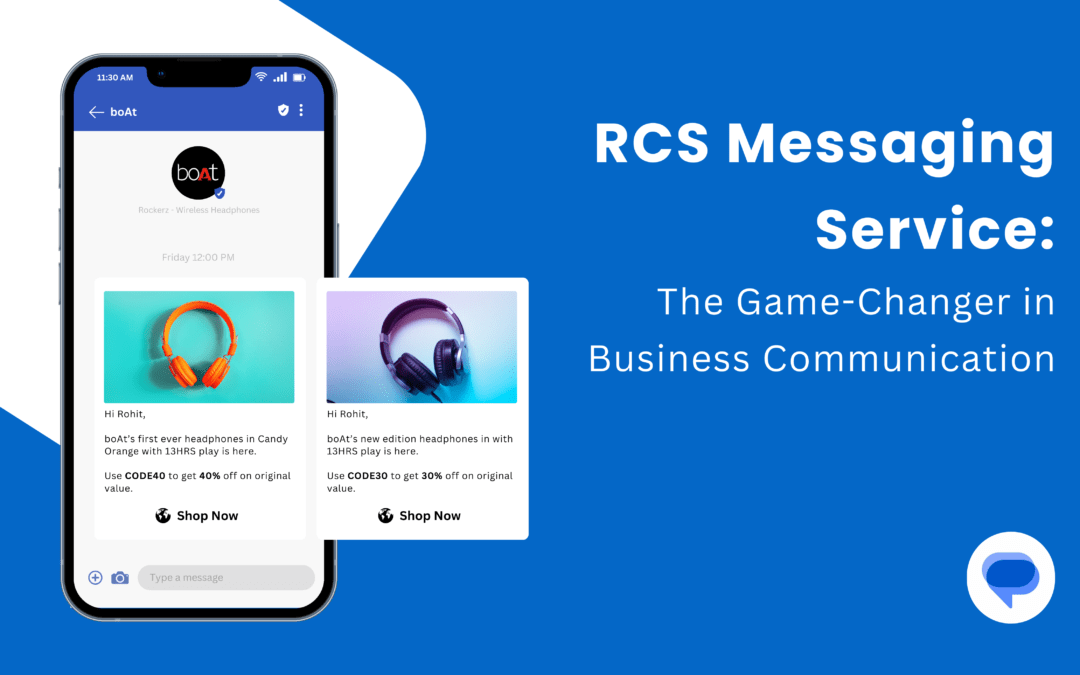
by admin | Jul 31, 2024 | Blog, SMS/Voice
In today’s fast-paced digital world, SMS services have become an important tool for companies looking to reach their audience quickly and efficiently. RedCloud Technologies offers a diverse package of SMS services, including promotional messages, SMS...

by admin | Jul 31, 2024 | Blog, SMS/Voice
In today’s digital era, usage of mobile has risen to extreme levels, especially in India. RedCloud Technologies provides your business with a unique and personalized way to interact and connect with your customers and helps you enhance your marketing campaigns....

by admin | Jul 25, 2024 | Blog, SMS/Voice
Introduction Bulk text messaging remains a crucial tool for businesses to engage their audiences amidst the rapid advancements in digital communication. RedCloud Technologies is leading the way in adapting to this evolving landscape by incorporating innovative trends...

by admin | Jul 25, 2024 | Blog, SMS/Voice
In today’s fast-changing technology landscape, firms must implement efficient communication strategies to maintain progress and success. RedCloud Technologies provides excellent Bulk SMS Services, making it an excellent solution for connecting with your target...

by admin | Jul 25, 2024 | Blog, RCS Messaging
Searching for a top RCS messaging service provider? Your search ends here! Our RCS messaging solutions excel by delivering secure, interactive, and multimedia messaging that boosts customer engagement. Select us as your RCS messaging partner and elevate your customer...







